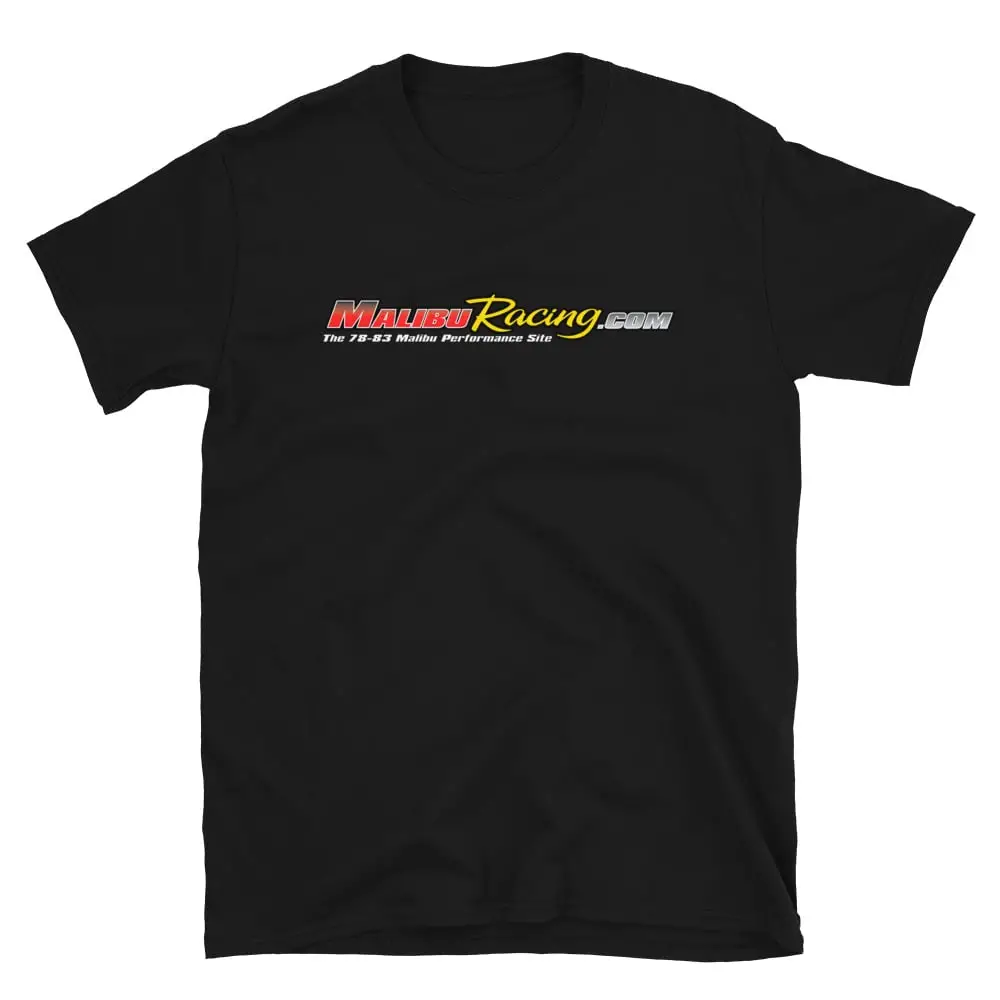The carb works best because of the fuel reducing the inlet temps of the intake charge. The carb is expensive if you buy it done, around $700. The most expensive thing I didnt consider when I was building was the fuel system. 10an lines and a fuel injection type pump, I used the aeromotive a1000 and a regulator with the boost port. Then when you run the a1000 they recommend a fuel pump controler to dial down the volume of fuel while cruising so the pump doesnt burn out. You can blow into any motor. The stock cam works well, large cam have to much overlap and its causes the fuel charge to blow out the exhaust while the two valves are overlapping open times.
The following specifications are general guidelines offered to aide in
building an engine for street use. For more detailed specifications regarding your specific application or for "strip only" use, please consult a professional engine builder.
Pistons:
Forged pistons recommended for all applications. Cast and hypereutectic pistons can be used but should be limited to lower horsepower (approx 450-500 hp) applications.
Compression ratio:
For pump gas (91-93 octane) applications, a compression ratio of 8.5:1 to 9:1 is recommended for boost levels of 8-10 psi. Higher octane fuel will allow you to run higher boost levels, approximately 1 psi for every 2 points of octane. To determine the maximum boost level for your compression ratio (using pump gas), refer to the enclosed compression ratio chart.
Heads:
The same rules for normally aspirated engines apply to supercharged motors. Higher flowing heads will help generate more horsepower than stock heads. Supercharging produces a percentage gain in horsepower; by starting with more base horsepower a modified motor will receive a larger total hp gain (from the same percentage gain). Porting, especially on the exhaust side is recommended. Aluminum heads will allow you to run approximately 1 psi more boost than cast iron heads due to their ability to dissipate heat.
Cam:
Lobe separation: 112 to 116 degrees Split pattern: Exhaust duration and lift approximately 10 degrees and .010, respectively, greater than intake. Install cam straight up. Contact a cam manufacturer for lifts and durations that best suit your application.
Crankshaft and rods:
Cast up to 450 horsepower, forged for higher horsepower or for rpm levels above 6,000 rpm.
Exhaust:
Headers are recommended. The size of headers are dependent on whether you are wanting to create more low end torque or high rpm horsepower.
Intake manifold:
Dual planes are recommended to improve low end torque, however may require staggered jetting for good fuel distribution with carbureted applications.
Carburetor:
Holley double pumper w/ mechanical secondaries.
600 cfm (#4776) for up to 500 hp
650 cfm (#4777) for up to 650 hp
700 cfm (#4778) for up to 750 hp
750 cfm (#4779) for up to 900 hp
All carburetor’s will require removal of the choke assembly and choke horn, replacement of the floats with the solid nitrophyl floats and jetted to suit your motor.
Fuel pump (carbureted applications):
Your fuel pump must be capable of supplying the proper amount of fuel flow at the maximum operating pressure. To determine maximum operating fuel pressure requirement, add your maximum boost pressure to your initial idle fuel pressure.
Example:
(8 psi idle fuel press.) + (10 psi boost press.) = 18 psi max. fuel press.
multiplying this figure by 1.2 (20% safety factor) gives us 21.6 psi
To determine required fuel flow, multiply your total expected horsepower by a bsfc (brake specific fuel consumption) of .65. This will give your fuel flow requirement in 1bs/hr. To convert to gallons per hour, divide this figure by 5.87.
Example:
(500 boosted hp) x (.65 lbs/hr/hp bsfc) = 325 lbs/hr fuel flow
325 lbs/hr / 5.87 lbs/gal = 55.4 gals/hr fuel flow
Therefore, a fuel pump capable of providing a minimum fuel flow of 55.4
gals/hr at a pressure of 21.6 psi is required.
This can be accomplished by an all electric high pressure-high flow fuel pump (i.e. SX #18201, B.G. 400, Magna-Flow 250 or similar type fuel pump) and a return style, boost sensitive fuel pressure regulator (Mallory #4309 or similar). Or by using a boost referenced mechanical fuel pump only (up to 500 hp) or a boost referenced mechanical fuel pump in conjunction with a low pressure electric pump (i.e. Holley blue, Comp 140 or similar).




